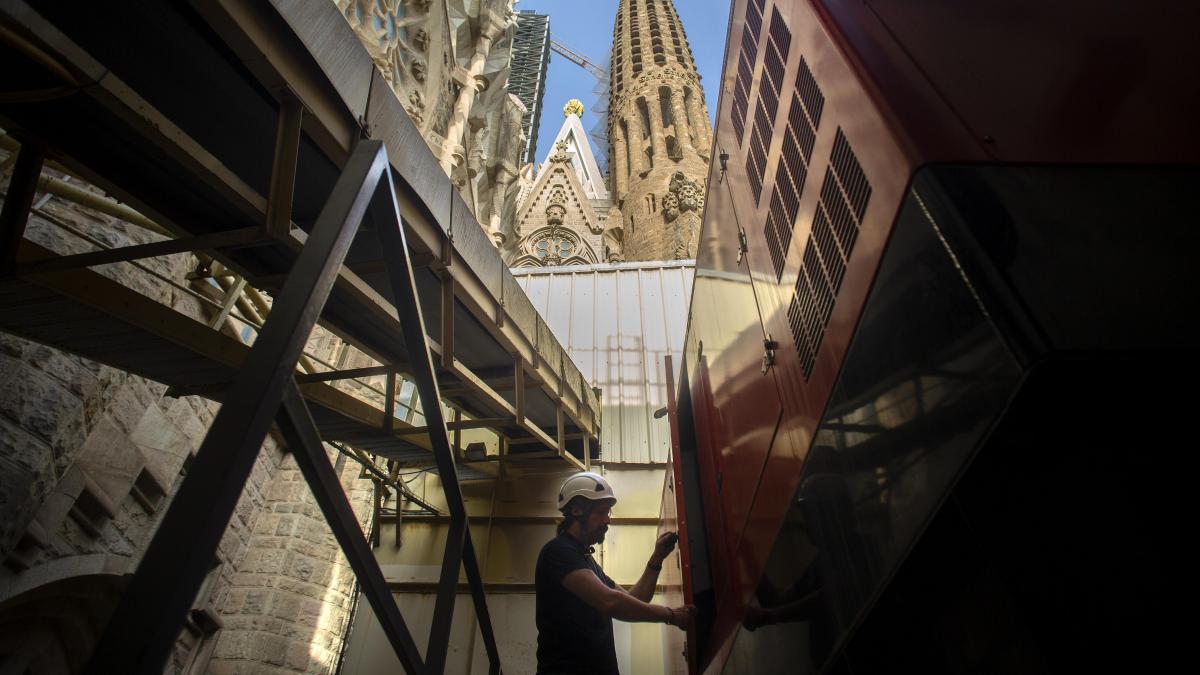In the foundations and depths of La Sagrada Familia, there is also a whole work of architecture of high recognition.
Under the basilica, the construction of a multi-purpose hall with its own entrance on Mallorca Street is planned. It will be located just below the main nave of the temple. The museum will also be remodeled and expanded.
The last landmarks of the basilica had been concentrated on the heights: starting with the tower of Mary with its 140 meters and at 136 meters, the crowning of the first two towers of the evangelists.
The novelty now is that also in the basement of the basilica, there will be movement and construction while maintaining all safety measures and technical installations.
This will guarantee the operation and autonomy of the church, which is visited by around 12,000 people every day.
The marvelous depths of the Sagrada Familia
Both the current construction and what is planned for the future are highly complex.
The temple is a cultural and tourist icon , very popular with locals and tourists alike.
Now, in addition to the work at heights where the work of specialized workers and artists has been integrated at more than 100 meters, experts in underground constructions are joining in.
Underground are the equipments that allow the functioning of the temple. There is also a museum that thousands of tourists visit every day. Next is the workshop where some pieces are restored and 3D models of the temple are printed.
The museum and the multipurpose hall
The museum currently occupies 1,500 m2 and the goal is to remodel and expand it. The activity will be complemented by the future multipurpose room in the last basement and will occupy 261 m2.
Thanks to this room, the basilica will have a space to carry out cultural activities, presentations and conferences autonomously without affecting the functioning of the rest of the temple on the surface.
This architectural jewel began construction in 1882 and over the years, it has had to permanently adapt its facilities to the standards using the latest technology.
They have even implemented underfloor heating with a system of pipes under the pavement that generates lower consumption.
In spite of the works in the height and in the subsoil, the religious, administrative, tourist, security and maintenance activities keep the facilities moving 24 hours a day.
In this way, if there is anything to be repaired on the ship, it is done at night when there are no visitors. In fact, one of the challenges for architects and engineers and their teams is to interfere as little as possible in the normal daily activities of the temple.
The goal is to complete the works in 2026, although the schedule may be adjusted.

